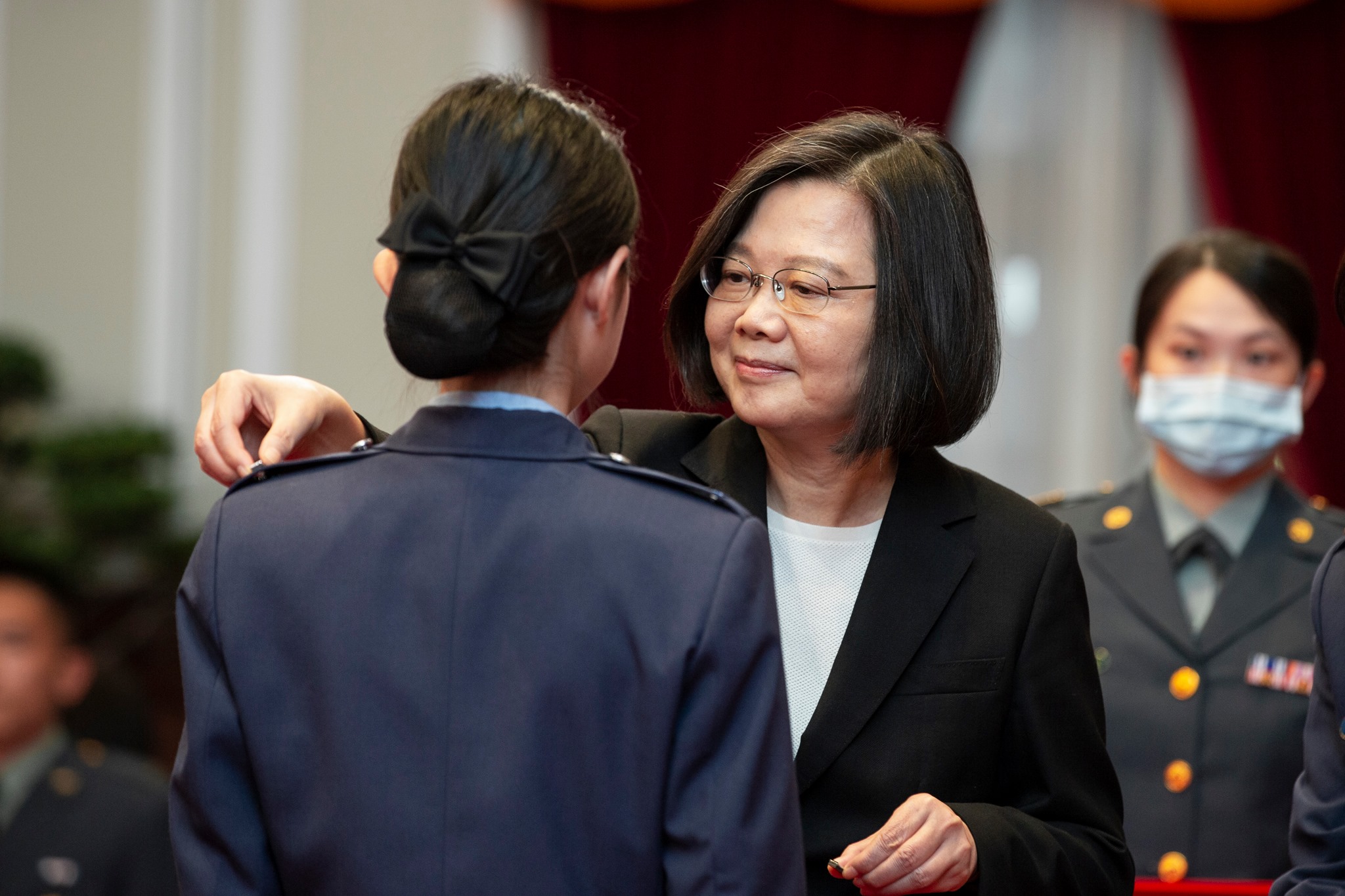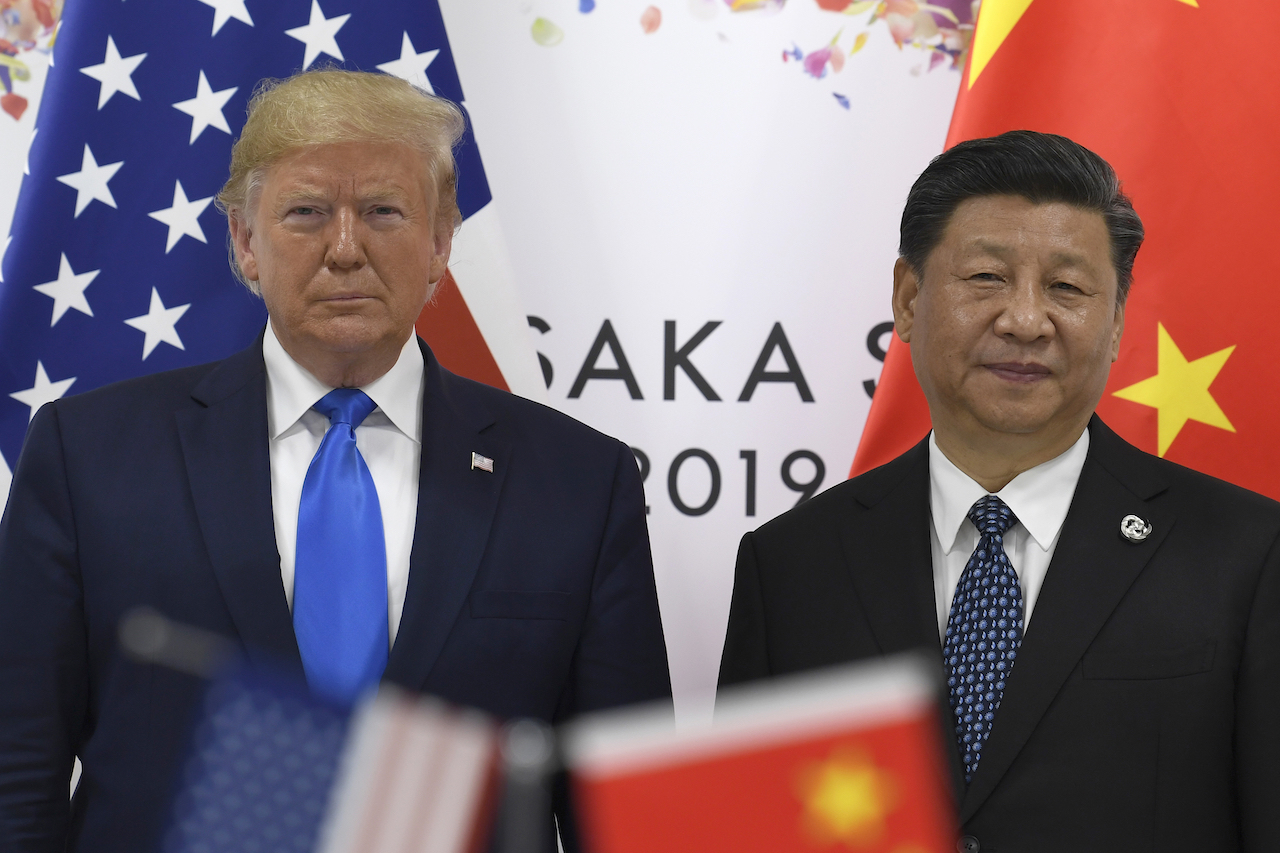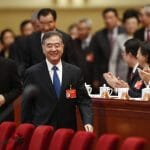From ‘one China’ to the ‘1992 consensus’ and the ‘status quo’, the politics of the Taiwan Strait are a complex play involving vagueness and word games by all the parties involved. And given the high stakes, the international community must get those terms right.
“One China” has figured prominently in the news in recent weeks, first following President-elect Donald Trump’s remarks to the effect that the U.S. might choose not to be bound by the “principle” and then, as president, when he reaffirmed his country’s commitment to abide by it during a telephone conversation with Chinese President Xi Jinping last week. And every time “one China” makes it in the news, expect that some people will get it wrong.
It would be unfair, however, to only blame the media for failing to understand the wording, nature, and ramifications of “one China,” the policy — the usually vague wording which guides a country’s relationship with both the People’s Republic of China and Taiwan — and the principle, which is what Beijing insists on. Academics, and even government officials on the “Greater China” desks all over the world, often get it wrong as well.
As if this wasn’t problematic enough already, there is also confusion over the so-called “1992 consensus,” which as we saw last week before it was deleted from the website of at least one major media outlet (Financial Times), some people seem to equate with the “one China” policy. For a while, the meme that President Trump had agreed to support the “1992 consensus” took flight and began spreading among other major media (Time magazine among them) that ostensibly copied the initial report by FT. Based on the White House press release, Mr. Trump never uttered the words “1992 consensus,” which is a matter between Taiwan and China. Had he done so, this would likely had had consequences for President Tsai Ing-wen’s ability to withstand pressure from China to acknowledge it. And yet, for a while, news abroad claimed that he had done just that.
It is hard to imagine that this was a malicious attempt on the part of foreign media to pressure Taiwan; rather, it likely was the result of a lack of understanding, often because the media outlets in question do not have a permanent presence in Taiwan and their editors only pay passing attention to cross-Strait relations.
Problems also occur when experts abroad delve into “one China” and Taiwan’s domestic politics. To use just one salient example: In an article titled “Taiwan not South China Sea could trigger war with China” published on news.com.au, Greg Austin, a leading expert on China and regional security and a professor at the Australian Centre for Cyber Security at the University of NSW, is reported to have told a seminar in Canberra on Feb. 13 that Beijing “would not look kindly” on President Trump questioning the “one China” policy, “something that both the Australian and U.S. governments have abided by for generations.”
In his talk “Avoiding War: Taiwan, One China and the South China Sea,” Prof. Austin said that President Trump had since “reassured China that he is not changing US policy on one China.”
Then comes the tricky part, which is paraphrased by the author of the article, when Prof. Austin warns that “even the hint of tampering with the policy was risky given that China and half of Taiwan not only support it, but demand it” (italics added). They (half of the people in Taiwan) see Taiwan and China “as part of one country,” Austin says at some point. Austin even quotes President Tsai reaffirming the Republic of China’s territorial claims in the South China Sea and sees it as “evidence” that this — one China — is what her administration “firmly” believes.
Needless to say, such claims do not meet the reality test in Taiwan. Prof. Austin seems unaware of, or is unwilling to discuss, the fact that the current government’s (and arguably previous ones) territorial claims in the East and South China Sea result from Taipei being hostage to Beijing’s “one China” principle and that abandoning those claims would be tantamount to Taipei cancelling the “status quo,” which could then prompt a harsh response from Beijing. In other words, the Tsai administration’s comments regarding the contested territories do not reflect an actual desire to defend those territories as part of the Republic of China, let alone a firm belief in “one China,” but rather the fuzzy language that any administration in Taipei must adopt in order to assuage fears in Beijing that Taiwan is moving towards de jure independence. The people of Taiwan know this, shrug it off, and unlike their counterparts in China, they do not take to the streets to express their support for China’s territorial claims in the East and South China Sea, let alone are they prepared to attack Japanese citizens and companies, or to go to war to defend that territory.
The notion that half of the people in Taiwan “support” and “demand” the “one China” policy is also dead wrong, and likely results from a flawed understanding of the “status quo” of no unification or declaration of independence. Although the “status quo” tends to be conflated with vague notions of “one China,” it is essentially little more than a signal of Taiwanese pragmatism and the knowledge that a more vocal stance on independence would, under current circumstances, likely result in disastrous military action in the Taiwan Strait.
The notion that half of the people in Taiwan “support” and “demand” the “one China” policy is also dead wrong, and likely results from a flawed understanding of the “status quo” of no unification or declaration of independence.
With the exception of older generations of “mainlanders” who fled to Taiwan after the end of the Chinese Civil War in 1949 and marginal pro-unification groups, the great majority of people in Taiwan do not support unification with the People’s Republic of China and have internalized the reality that the PRC is a sovereign and foreign state. The claim, therefore, that the ROC is on an equal footing as the PRC in representing “one China” has little, if any, validity in the eyes of most people in Taiwan. Even ardent supporters of the Kuomintang (KMT) have no interest in becoming part of the PRC, and regardless of whether they call their country the ROC or Taiwan (or treat those two names as interchangeable), they regard that entity as distinct from the PRC (I have long lamented the comment, albeit erroneous, belief that support for the KMT equates support for unification). This even applies to deep-blue supporters whom I interviewed a few years ago, who made it very clear that they — the PRC — are not “us.”
Thus, to claim, as Prof. Austin does, that half of the people of Taiwan “support” or “demand” adherence to “one China” is pure confabulation and does a great disservice to those who are trying to understand the internal dynamics in contemporary Taiwan. It implies some widespread and deep attachment to China that simply does not exist. Indeed, while some people in the green camp welcomed president-elect Trump’s initial challenging of “one China,” others apprehended the uncertainty that such a departure from longstanding U.S. policy might generate — not because of some deep attachment to “one China,” but rather because they are, first and foremost, pragmatic.
You might also like
More from Cross-Strait
Taiwanese Celebrities Who Bow to China: A Tempest in a Teapot
Taiwanese entertainers Ouyang Nana and Angela Chang have sparked controversy in Taiwan over news that they will perform at China’s …
In Memoriam: Lee Teng-Hui and the Democracy That He Built
The former president of Taiwan is the incontestable refutation of the belief that history is merely an impersonal force, that …
The Making of ‘Insidious Power: How China Undermines Global Democracy’
A new book released on July 30 takes a close look at the agencies and mechanisms of CCP 'sharp power' …









